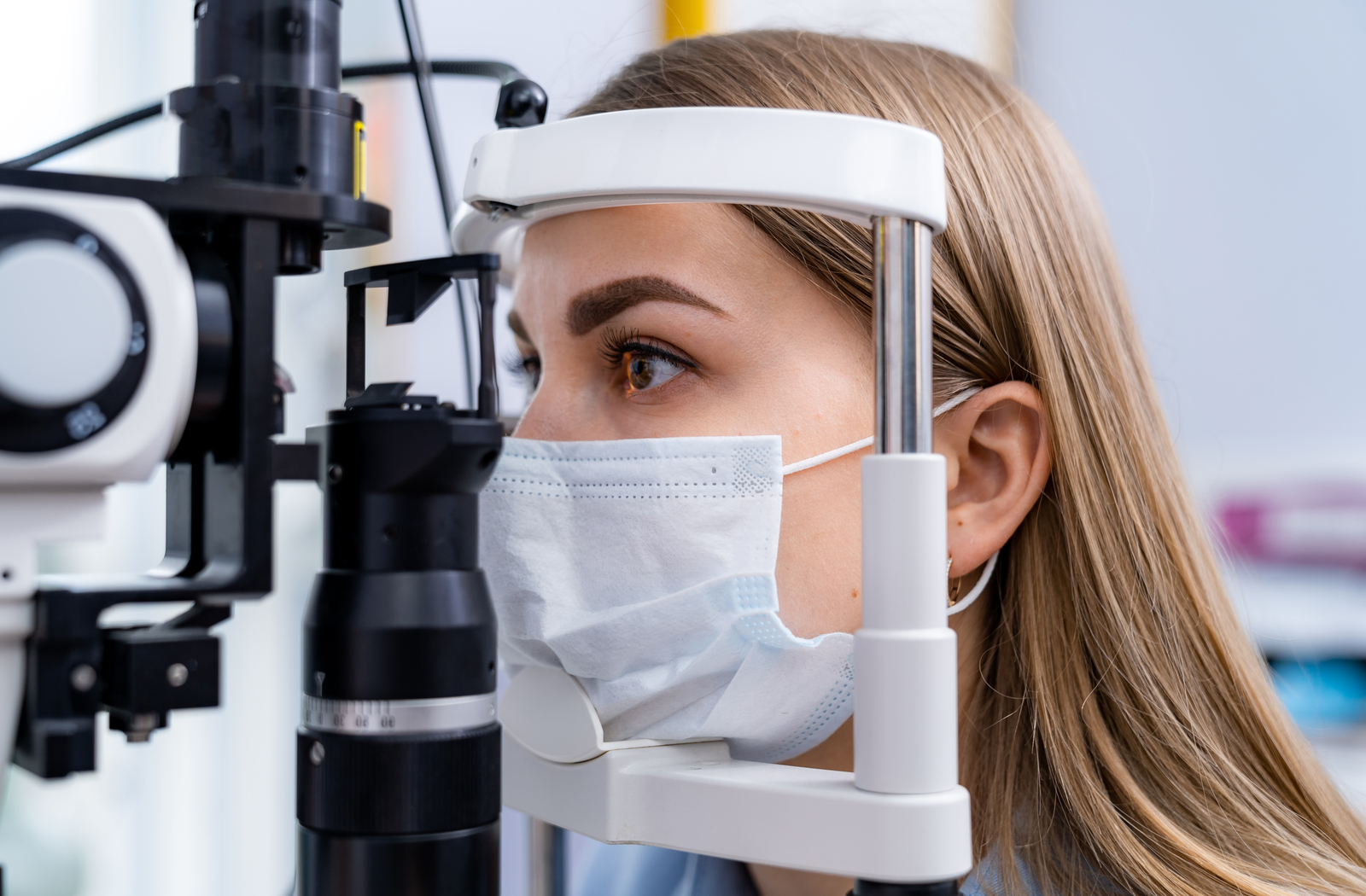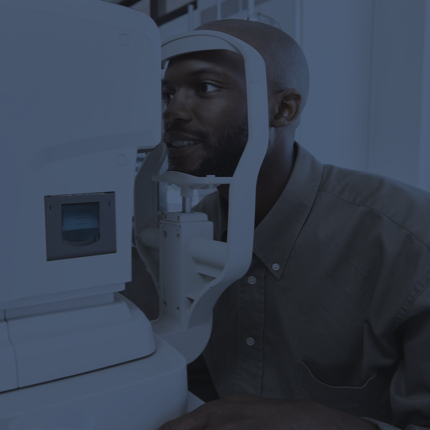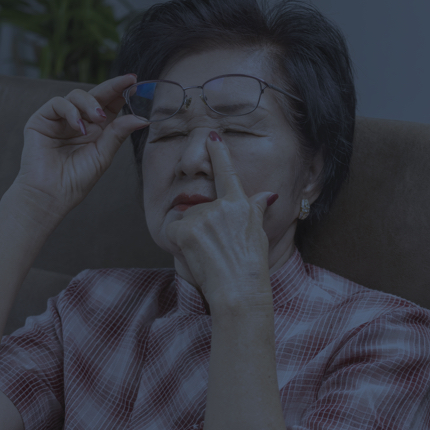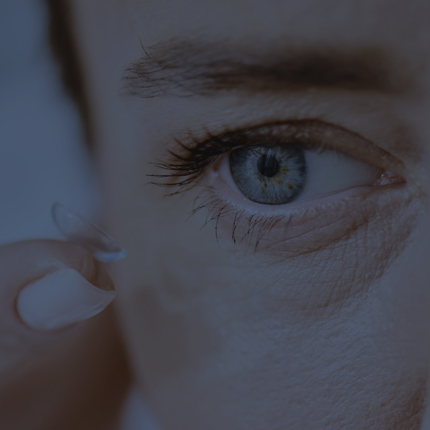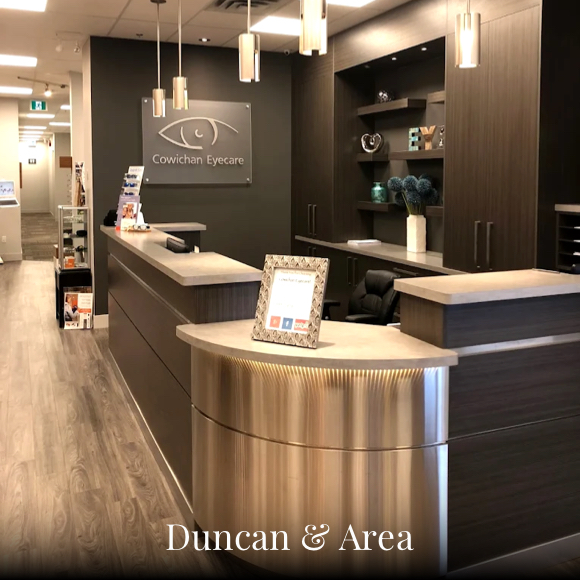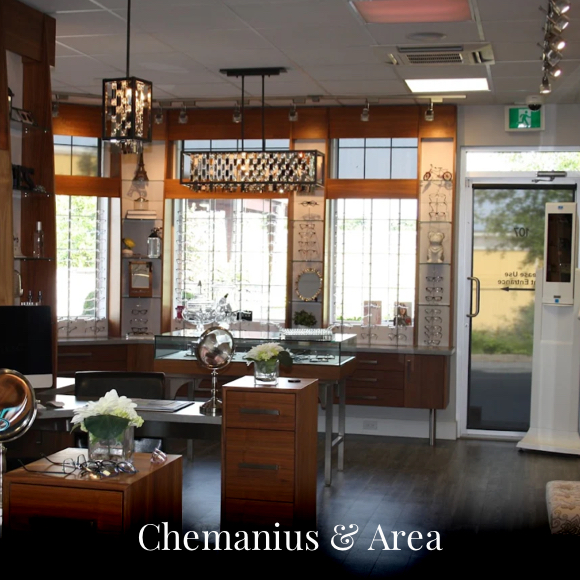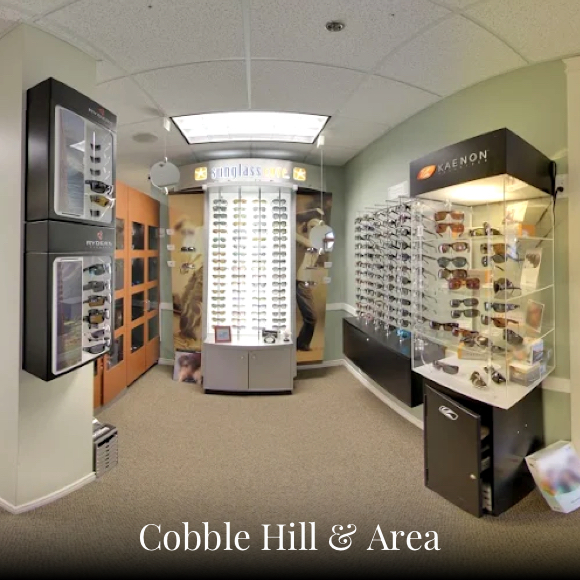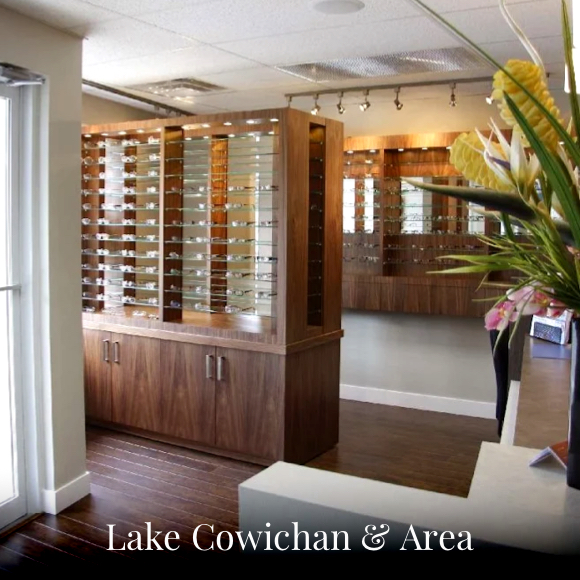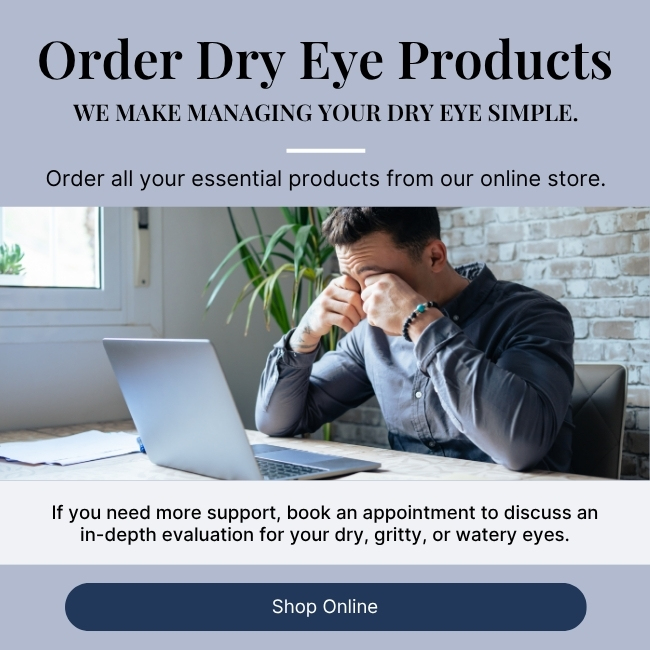You’re likely familiar with eye exams in general, but your last visit to your eye doctor might have been a few years ago. Regular eye exams are vital for your eye health, but what happens during your appointment?
Your optometrist has several diagnostic tests to help identify any potential issues. Continue reading to learn more about comprehensive eye exams and what happens during them.
What is an Eye Exam?
A comprehensive eye exam features many tests your optometrist uses to evaluate your overall eye health and vision. Your eye doctor can identify any present issues you may be having.
An eye exam is not the same as a sight test, which only determines the amount of lens power you’d need to correct a refractive error. This test doesn’t look at the eye’s structures and can’t help diagnose eye disease.
An eye examination is comprehensive; your optometrist looks at your eye as a whole to get a complete picture of your ocular health. They can diagnose eye conditions and recommend treatments, such as glasses or management of eye disease.
Eye Exams Can Help Protect Your Ocular Health
Seeing your optometrist regularly for an eye exam is one of the best things you can do for your eye health. A comprehensive eye exam can help diagnose many eye conditions before visible symptoms appear. Your optometrist can use available technology to detect any signs of present diseases.
Your eye doctor can begin treatment the faster they diagnose any problems. Eye examinations can potentially save your vision; early detection increases recovery and can prevent future damage to your eyes.
How Often Do You Need an Eye Exam?
The frequency of your eye exams can depend on your eye health and age. A complete examination should happen annually for children under 18, older adults over 65, and at-risk adults. Healthy adults aged 19–64 should receive an eye exam every 2 years.
Conditions like diabetes can significantly affect your vision, and your optometrist may want to see you more regularly. You can follow this examination frequency guideline but listen to your eye doctor’s recommendation.
A comprehensive eye exam can help your optometrist manage any present conditions and protect your eye health. What should you expect during your next appointment?
What’s Included in an Eye Exam?
Your optometrist takes a detailed look at your eyes during your examination. They’ll conduct several tests to assess your visual acuity and eye health.
Your eye doctor will choose the most effective tests based on your needs and the conversation you have at the beginning of your exam.
You can expect the following during your eye exam:
- Medical history
- Visual acuity & refraction
- Eye coordination
- Glaucoma testing
- Eye health evaluation
Medical History
Your eye exam begins with a discussion between you and your optometrist. This conversation includes a review of your medical history and any concerns you have. You’ll answer several questions about your ocular health, including any current medications you’re taking, your work and home life, and your family history.
Visual Acuity & Refraction
Your visual acuity is how well you see, and your optometrist assesses this with an eye chart test. You likely have a refractive error if you have significant trouble reading the chart.
Another portion of your visual acuity is a refraction assessment. Your eye doctor conducts this test to determine what prescription you need to correct your vision. They typically use a phoropter during this assessment.
Eye Coordination
Your eyes need to focus, move, and work together to see a clear image. Your optometrist will test how the eyes work together during an eye exam to identify potential problems affecting your eye coordination. An assessment of accommodation and binocular vision helps your eye doctor determine how well your eyes work together.
Glaucoma Testing
Glaucoma can develop without you knowing, and your vision may be at risk. This disease can progress painlessly and without any visible symptoms. An eye exam can help catch early signs of this disease, saving your vision.
Some forms of this disease raise your intraocular pressure (IOP). Measuring your IOP is a standard part of every examination.
Your optometrist will conduct a tonometry test to check your IOP. Afterwards, they’ll complete other tests to look for further signs of glaucoma as this condition can develop even with normal eye pressure in some individuals.
Eye Health Evaluation
Your optometrist will evaluate your overall eye health during your examination. This assessment includes looking at the inside and outside of your eyes using available technology.
Some special technology includes:
- Optical coherence tomography (OCT): An imaging test that can take cross-sectional images of your retina & more detailed scans of the optic nerve
- Optomap: An imaging tool for obtaining a widefield photograph of your retina & other parts of the eye
You may require more testing if your optometrist notices anything concerning.
After Your Exam
Your optometrist will discuss the next steps after finishing your examination. Depending on your results, this may include updating your prescription or getting glasses. Your eye doctor will recommend a customized treatment plan to help address any present eye conditions.
Your optometrist can help you maintain clear vision and good eye health, no matter your ocular needs.

Book Your Next Appointment
You may think you don’t need an eye exam if you can see fine, but you never know what’s happening inside your eyes. Regular eye exams are the best way to protect your eye health and vision for the future.
If you need a comprehensive eye exam, contact your optometrist.

